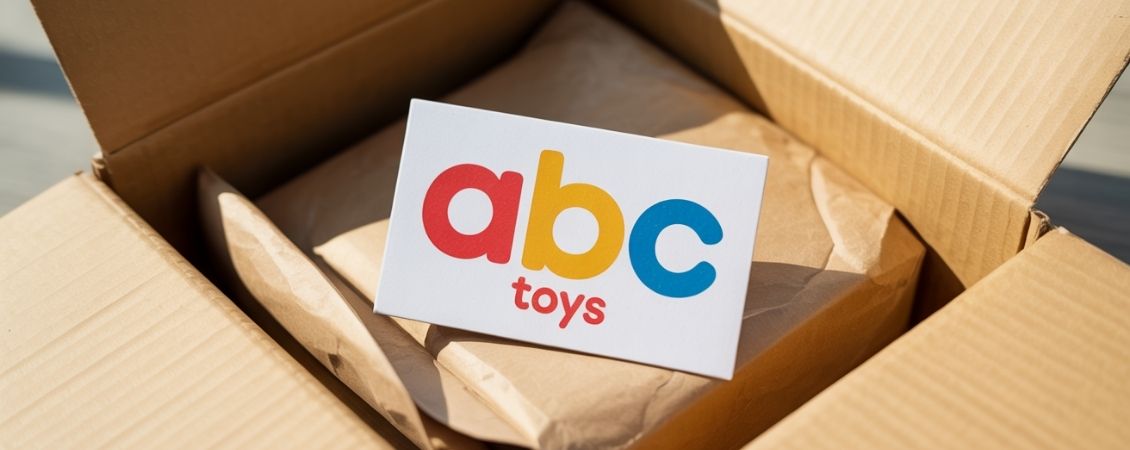Short run perfect bound books are ideal for brochures, magazines or any other document where you want to guarantee an expensive look and feel from your printing and binding.
Our short run perfect bound books are made in the same way as our long run books, using Planamelt adhesive for strength and durability. With industry-leading strength, better for the environment and with a faster curing time, we’re able to maintain the highest quality perfect binding whilst keeping your turnarounds short and costs low.
Our short run perfect bound books are ideal for where flexibility is a key consideration. Their soft cover will ensure your book project is protected while keeping costs low, all without compromising on printing quality.
Our perfect bound books come with two cover options;
Soft cover:
Our soft cover perfect bound books combine the best of both worlds, flexibility and durability. A soft cover is the perfect choice for more projects where costs need to be kept low without compromising on quality.
Hard cover (self ended):
Taking your print to the next level, a hard cover is ideal for more high-end print jobs where luxury and strength is a must. Mounted on 2500mic board hardback complete with a 150gsm matt lamination cover, hard cover is the perfect choice if you’re out to impress. Our hard cover books are self ended - the final pages of the book are glued to the hard cover rather than adding separate end papers like other book binding methods.
How Are Short Run Perfect Bound Books Printed?
Our short run perfect bound book jobs are printed on our state-of-the-art digital and nanographic printers where the pre-collated book block will then be sent to our binders. We invest in only the best cutting-edge equipment for our factory to ensure that your next perfect bound book order meets your standards.
The Printing Process
Step 1: Pre-Press
At instantprint, we understand that books are complex, requiring true attention to detail. Before sending to print, our skilled studio team will get to know your artwork, checking the specifications in detail and preparing your file for print using our rigorous and free 10 point artwork check.
Step 2: Printing
Machines: Nanographic and Digital
Your design will be sent down to our factory where our skilled operators will begin printing your design onto your chosen paper stock. Here, your inner pages will be printed as well as your cover. Since the sheets will have been printed on our Landa or one of our HP Indigos, they will already be in order ready to be trimmed and sent to the binder - no collation necessary!
In our factory, you’ll find the best of the best when it comes to our equipment. Printed on our state-of-the-art machines, your book’s artwork is brought to life.
Step 3: Embellishment and Lamination
Machine: MGI JETvarnish / Autobond Laminators
At this stage, if you have opted for any embellishment or lamination on your book’s cover, this will also be added.
Utilising our MGI JETvarnish, this machine can add spot UV or foil to your book’s cover. If you need premium-looking print, this is the machine to thank. You can read more about spot UV and foil in our blog here.
For lamination, our Autobond Laminators are able to offer a range of solutions from matt to gloss. The heated chrome rollers of our Autobond Laminators help create a strong smooth seal to both sides of your print in one pass. Learn more about lamination and the different types in our blog here.
Step 4: Guillotining
Machine: Polar High Speed Cutters
After your book’s pages have been printed, they are taken to the guillotine. Your book’s pages are guillotined to ensure they’re trimmed to the correct size as specified when you placed your order e.g. A5. Unlike long run perfect binding where the pages are folded, these single sheets ensure our short run perfect bound books have a neater and flatter spine.
Since your pages will already be in order after trimming they can be taken straight to the binder.
The Binding Process
Step 1: Gluing
Machine: Horizon BQ Perfect Binder
Once trimmed the book block is brought to our Horizon BQ Perfect Binding machines where the book block is fed into the machine and bound using hot glue.
Before the glue is added, the book’s spine will be cut and roughened, known as milling, preparing it for the adhesive and guaranteeing a flawless finish. Abrading the edges of the book block, the gathered signatures are slightly roughened and notched down the spine, exposing the paper fibres so that the glue will adhere better. The fragments of paper are brushed off the book block before the glue is applied allowing it to bond properly.
For our perfect bound books, we use a hotmelt glue called Planamelt. This glue is used for our perfect bound jobs as the glue has a faster curing time compared to PUR adhesives, which means we can move our perfect bound orders through our factory quicker.
Planamelt is also better for the environment. As part of our sustainability strategy, we ensure that the products we use in our production process sit in line with our goal of creating world-class print in a way that preserves the planet. Planamelt has no isocyanates in processing making it eco-friendly and easily recyclable.
Step 2: Cover
Machine: Horizon BQ Perfect Binder
Soft Cover
For our soft cover perfect bound books, a wrap-around cover is added to the outside of the book block using wet glue to create the finished product. As your book block is glued, your soft cover will be fed into the same machine from the other end where glue is applied to the spine, the block is then left to cure and dry before being trimmed.
Hard Cover
For our hard cover perfect bound books, a few more steps are involved. If you’ve opted for a hard- cover book, at this stage we will apply a false cover. Slightly thicker than your inner stock, the false cover is also fed into the same machine from the other end where glue is applied to the spine, the block is then left to cure and dry before being trimmed.
The false cover applied will act like endpapers to the book block and is what will help secure your block to the hard cover casing.
Step 3: Trimming
Machine: Horizon Variable Trimmer HT 1000V
Once the adhesive is dry, soft cover books complete with their cover and hard cover book inners with false cover attached, are then trimmed along three sides to ensure the final pages are neat and consistent. Our Horizon Variable Trimmer HT 1000V trims off any excess paper where necessary.
Step 4: Hard cover (Self Ended)
Machine: Kolbus Case Maker DA 260 and Kolbus BF513 Casing In Machine
For our hard cover perfect bound books, a few more steps are involved. If you opt for a hard cover, your book will be attached to a 2500-micron greyboard where we will cover your book's front and back pages as well as the spine. The false covers previously applied will act as endpapers to the book block.
- The greyboard, the material that makes the cover hard, is guillotined to size. The greyboard hard cover will be slightly larger than your specified inner size such as A4, usually 3mm to ensure the cover is attached correctly.
- The false cover and greyboard inners are then brought together using our Kolbus case maker.
- The finished case or ‘cover’ is then fed into our Kolbus casing in machine along with your existing book block where the hard cover is then attached to the book block using glue.
Step 5: Final Checks
Once complete, our expert team will take time to check over your finished product to make sure it meets our high standards. We’ll measure your book on every side to ensure accuracy after trimming as well as checking that all of the artwork is in order and all images and text are lined up.
Your booklets will then be sent to our dispatch team who will carefully package your print ready to be collected by our couriers and shipped to your business.
What Machines Are Short Run Perfect Bound Books Produced On?
Nanographic Printing - Landa S10P
When printing perfect bound books on our silk and uncoated stocks, it’s likely that we’ll use the Landa! We’re the proud owners of the UK’s first nanographic press – a new printing technology that is set to revolutionise our industry. The Landa helps us combine the methodology of lithographic offset printing with a digital operating system, which means your print gets the best of both worlds.
HP Indigos
When printing short run perfect bound books, we’ll print your artwork using our digital fleet! Our HP Indigos. Thanks to their automated capabilities, such as the ability to change jobs without an operator inputting the new information, we tend to use our digital printers for smaller quantity book orders. This allows us to ensure that we can manage a high volume of jobs, without having to extend our delivery times!
Horizon BQ Perfect Binders
The BQ has several automated features to help us keep efficiency high. These machines will adjust various features to ensure a strong bind is created – from the depth of glue penetration to how much glue is applied.
Horizon HT1000V Bound Trimmer
For our perfect binding department, it has to be a Horizon Variable Three-Knife Trimmer. Simply by scanning the barcode on a book’s cover, this trimmer can program itself to the required finished size, without the need for operator input.
In Conclusion
Short run perfect bound books are the perfect choice if you’re looking for something more high-end than a stapled book but you have a budget to consider. Combining quality and cost-effective printing with a fast turnaround, we can help you bring your next book job to life with ease.





